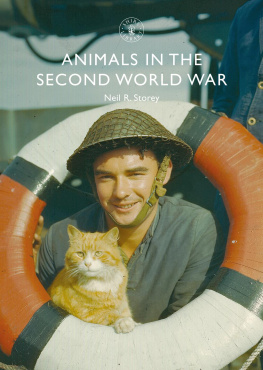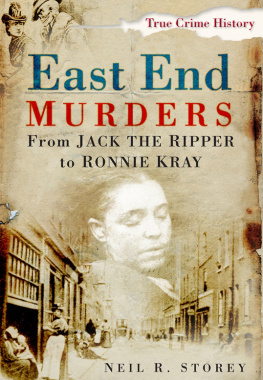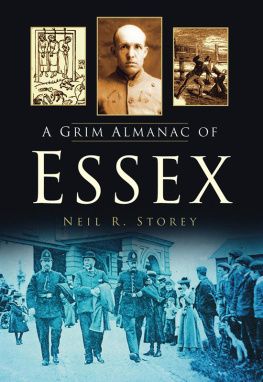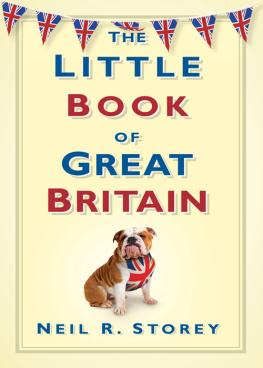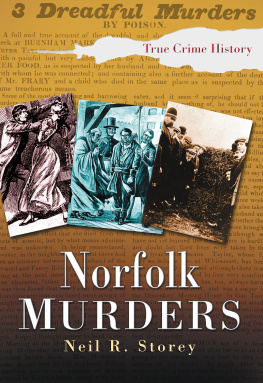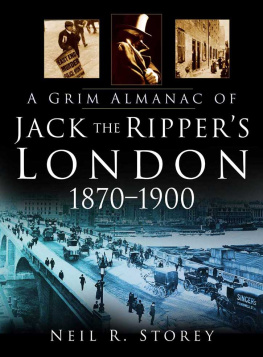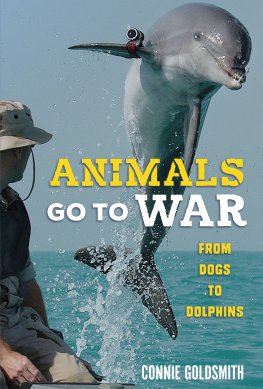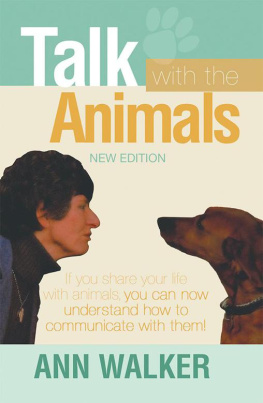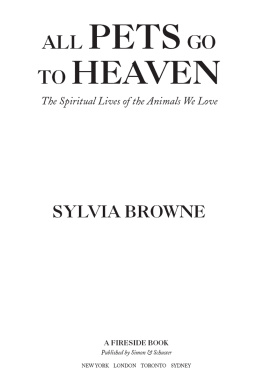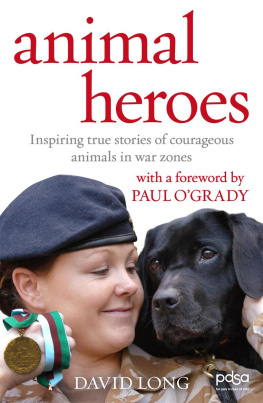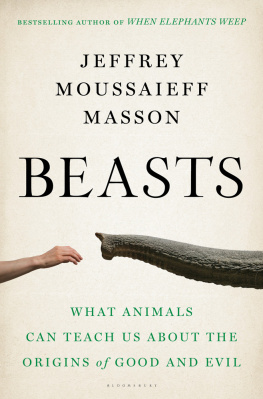CONTENTS
DEDICATION
For Christine and David Parmenter, with love, who have dedicated so much of their lives to caring for animals in need, and in memory of my grandfather, George Storey, his mules and his mongoose, 14th Army, India and Burma 19425.

INTRODUCTION
M Y GRANDFATHER WAS one of the quiet generation of men who saw combat during the Second World War but never really talked about it. All he would ever say was that he was out in India and Burma with the 14th Army, and he spoke very highly of the Gurkhas. As a young boy I tried to get him to tell a few stories; sometimes he would begin, mention places like Kohima or the Irrawaddy River then pause, appear lost in his thoughts and memories and change the subject. It was only when I picked up a few books about the 14th Army and the hellish conditions, sickness, fighting and losses the men suffered during the Burma Campaign that I began to understand why. In answer to his young grandsons desperation to know something of his time in the war he would, however, tell stories of his mules and their adventures through the jungles and his plucky pet mongoose that kept him and his pals safe from venomous snakes by fig hting them off.
Grandad was a country man who understood the importance of forging bonds of mutual respect and understanding with animals. All these years later I can see the memories of the animals he worked with every day between 1942 and 1945 were his safe place, a distraction, some humanity amongst the war he and his comrades were fighting. Over my decades as a historian, having had the chance to read memoirs and books about the experiences of fighting men, and in all the interviews I have conducted with combat veterans of both World Wars, it has been proved again and again that their feelings towards the animals they encountered were very much the same as those of my dear old grandad. It could be the horse they found in a field that they rode bareback to help them reach the Dunkirk beaches, the camels and playful little jerboas of the desert, the puppies or kittens found in the ruins of a shattered village in France or some other godforsaken battlefront, or stories of those cussed, stubborn, dogged, wonderful creatures that are mules all over the world. Every old soldier had affectionate memories of animals that brought them comfort when they most needed it and would still bring a smile to their faces even decades later when other memories were too painful to revisit or had just faded awa y with old age.

An Air Raid Precautions (ARP) animal worker wearing the newly issued ARP Animals decaled helmet, 1939.
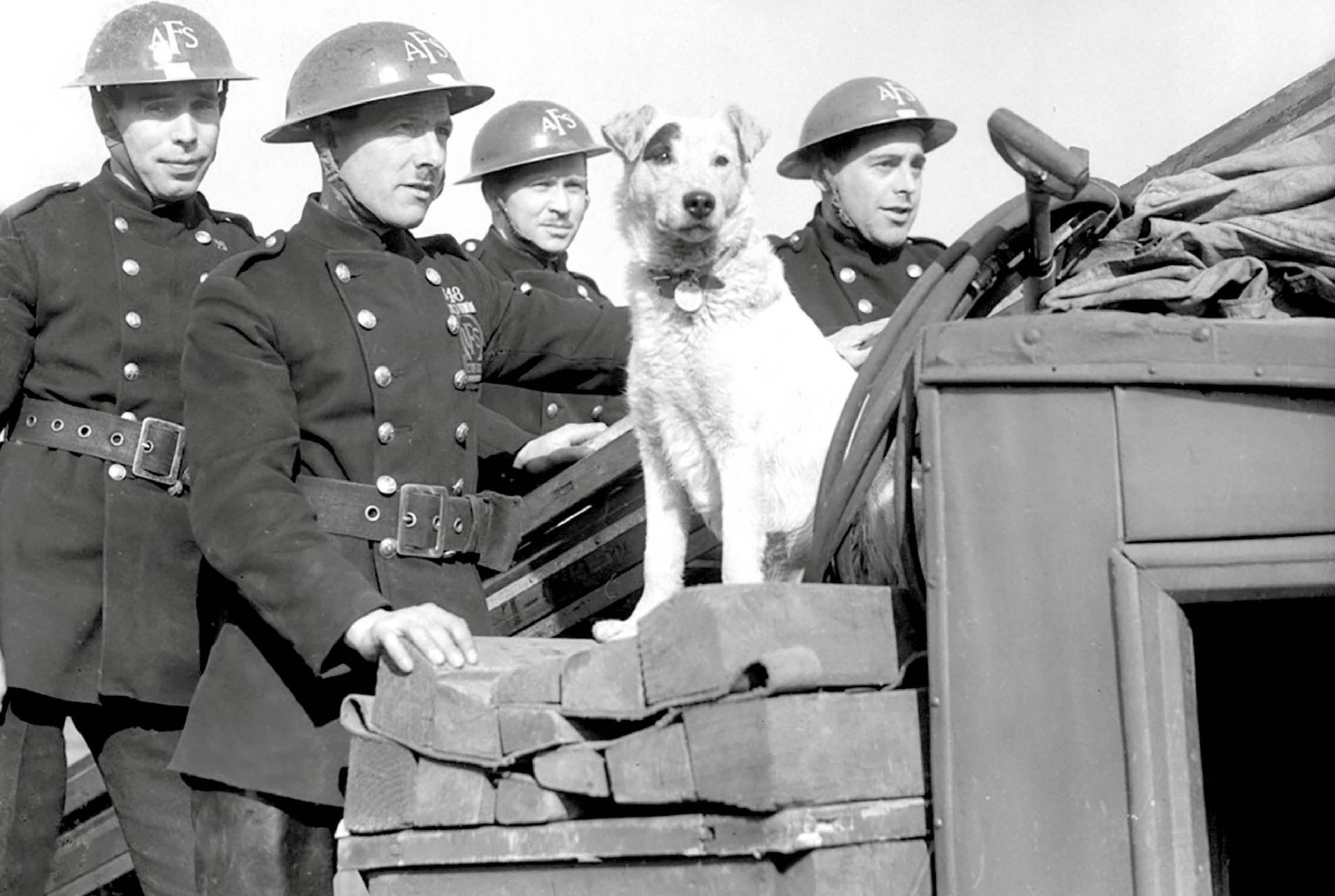
Members of L Section, Auxiliary Fire Service, West Croydon, London and Spot, a stray terrier they adopted as their official mascot, March 1941.
Animals had no choice about serving many of the men would laugh and say that, thanks to the introduction of conscription in Britain when war broke out in 1939, they didnt have a choice either, so man and animal in the military had something in common to start with. In this volume are the stories of many creatures great and small, be they working animals, regimental mascots or soldiers pets: from Wojtek the bear who joined the Polish Army and saw active service at the battle of Monte Cassino, to Winkie the brave carrier pigeon who carried a message that saved the lives of a crashed bomber crew, Rip the scruffy little stray terrier who was found during the Blitz on London who was blessed with a natural ability of being able to locate people buried under the rubble of their bombed houses and saved over a hundred lives, to Eustace the mouse who l anded on D-Day.
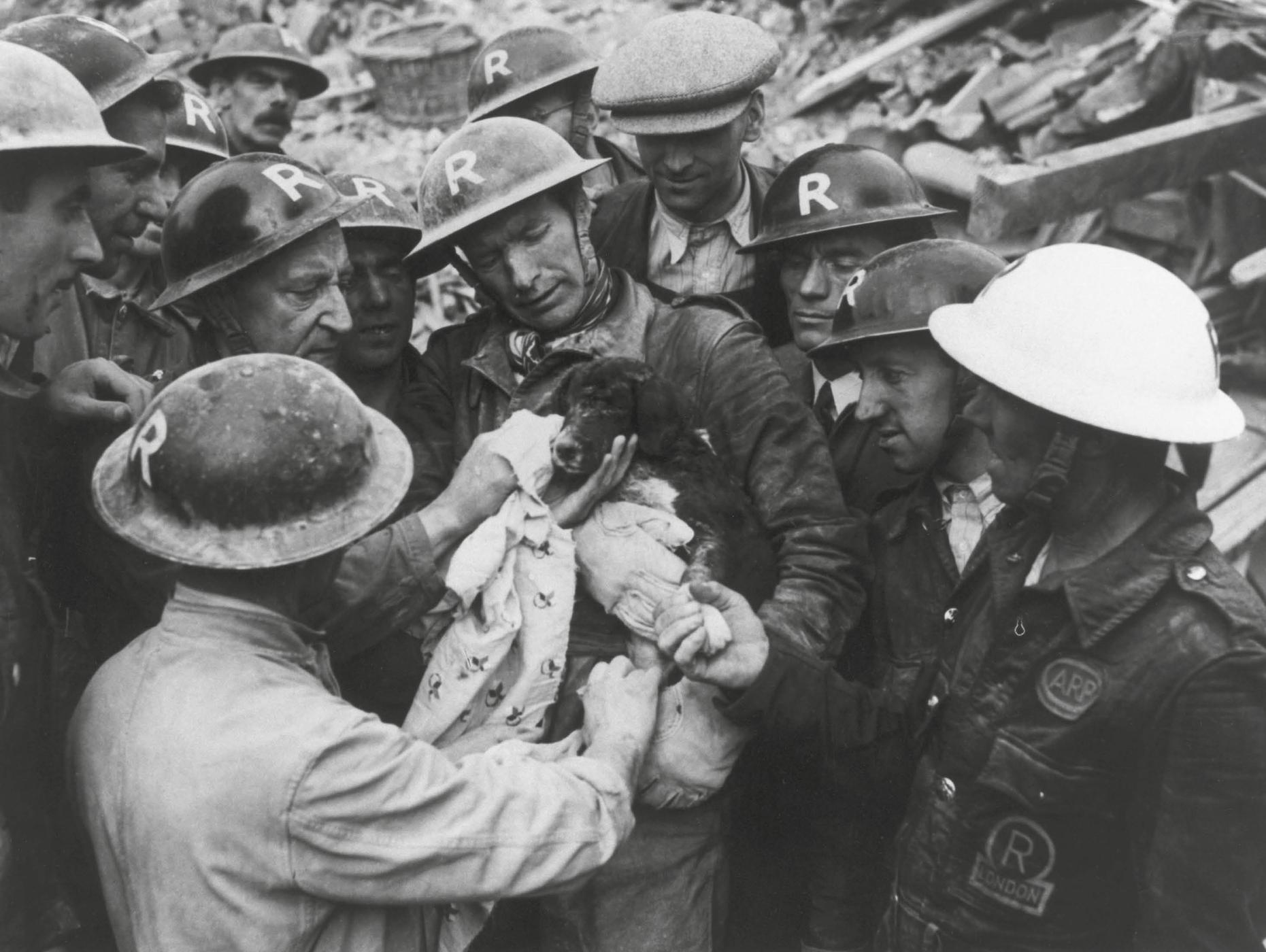
Rescue of a puppy during the Blitz, South London, 1940. The barks of the little dog trapped with his master enabled rescue crews to locate them and release them from the wreckage eighteen hours later.
This little book does not pretend to tell the story of every animal that did its bit in wartime, but I sincerely hope it will give readers an insight into the typical stories and the many roles played by animals during the Second World War on both the front lines and the home front. We should never forget the role of animals in war; they also served and they gave their all.
Neil R. Storey
2020
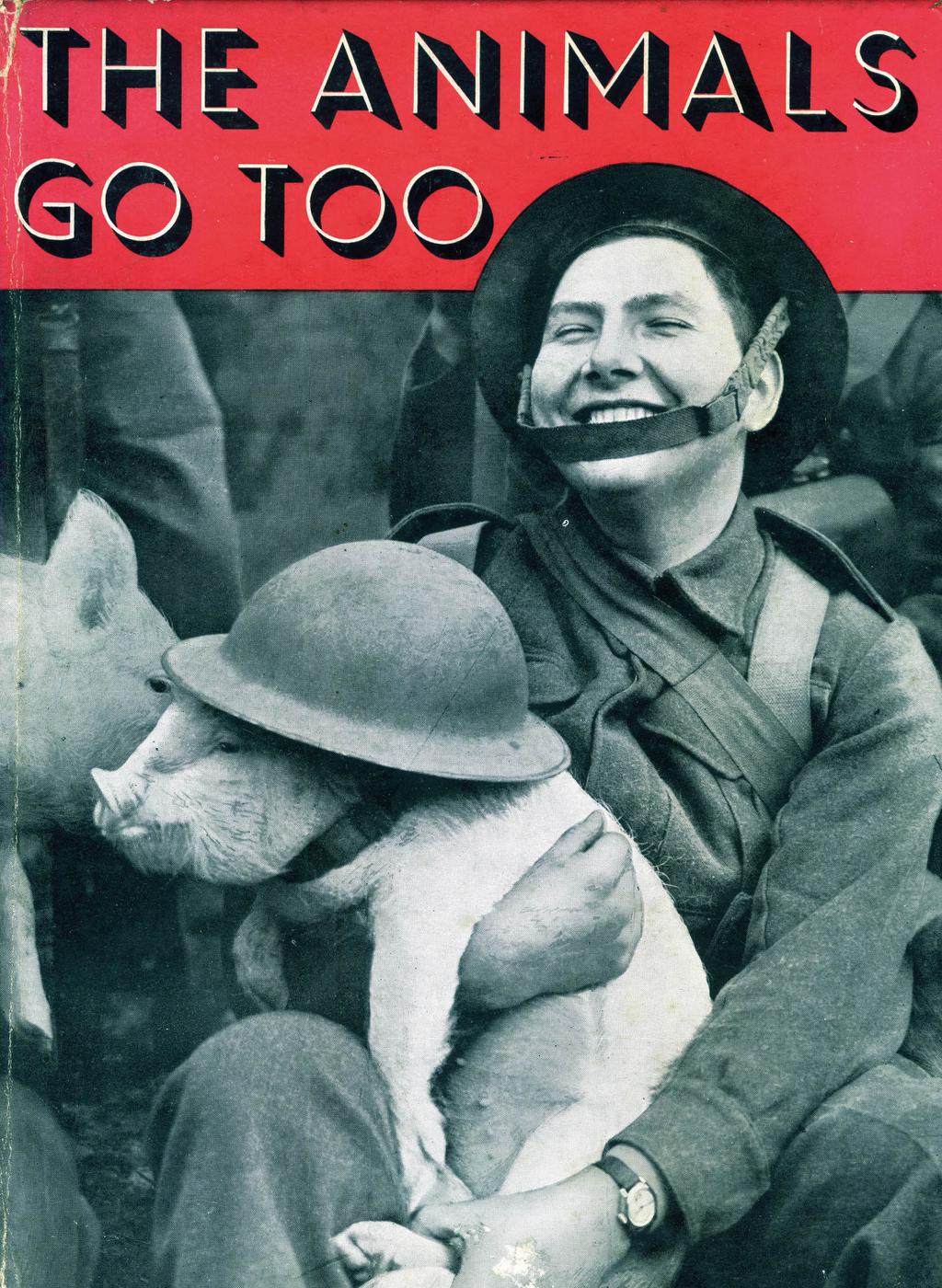
The Animals Go Too , by J.R. Fawcett Thompson, the first picture book of animals and their roles in the new war, published in 1939.
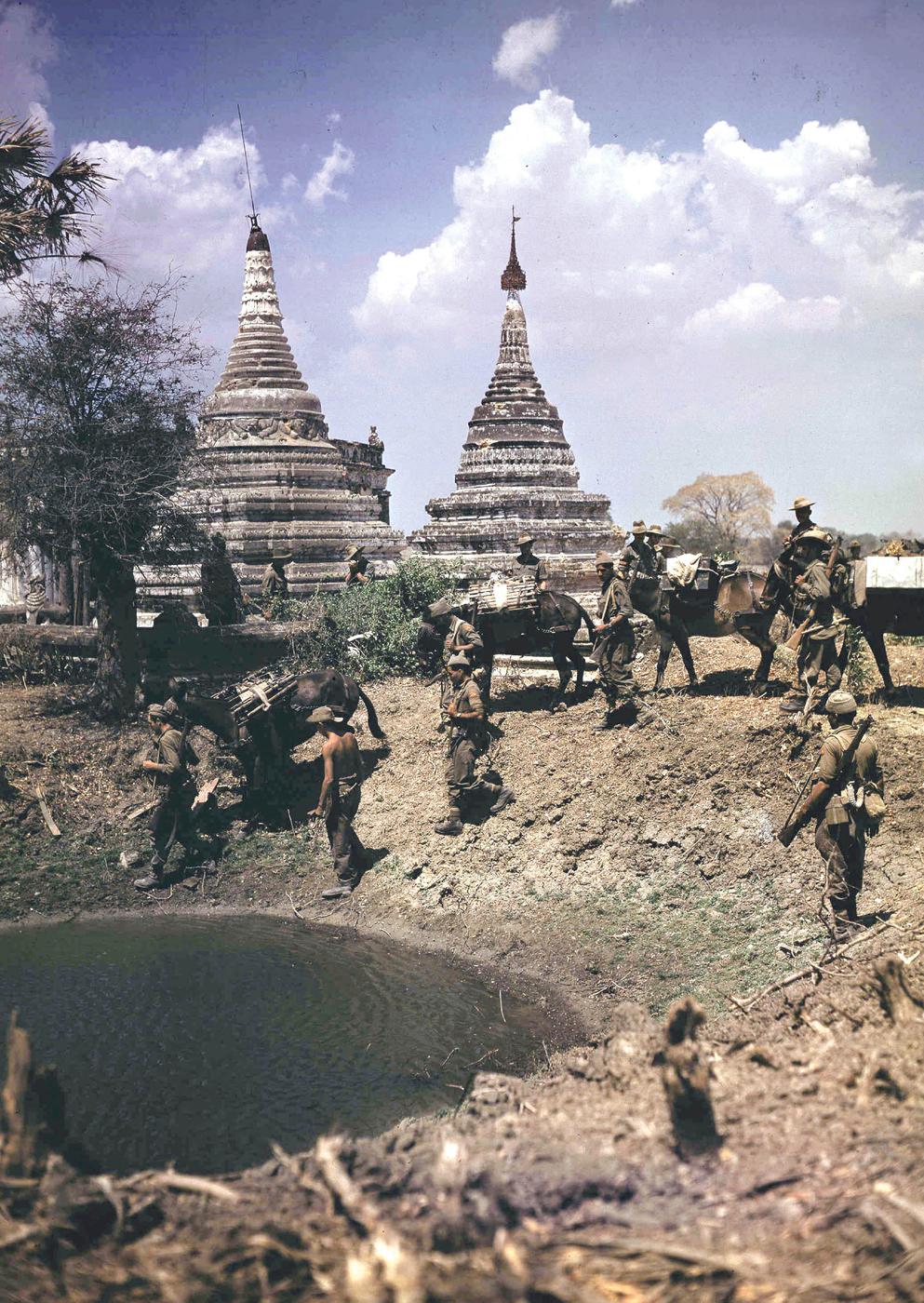
Indian soldiers and mules pass by a lake and a bullet-scarred Pagoda on the road to Mandalay, Burma, March 1945.
HORSES AND MULES
W HEN WAR BROKE out on 3 September 1939 there were still over a million working horses on the farms and streets of Great Britain, but the mechanisation of the British Army during the inter-war years saw the number of horses in the military fall dramatically as old units of Cavalry and Yeomanry were either mechanised or converted to anti-aircraft and searchlight units. By 1939 the only mounted units left were the Life Guards, Royal Horse Artillery and eight Yeom anry regiments.
Other countries such as France, Germany, Russia, Japan and America still had significant numbers of horses in their armies and maintained some units of mounted cavalry. Cavalry made up 10 per cent of the Polish Army, and a famous myth emerged in the early months of the war that Polish Lancers had mounted a charge where they had broken their lances on the armour of the German tanks they were attacking. This was not quite the case, but the Polish cavalry did mount a number of charges against German infantry which they dispersed at the point of the lance and the slash of the sword from horseback, notably at Krojanty during the battle of Tuchola Forest and at the battle of Mokra on 1 September 1939. But as brave as the men and their horses were, each charge or mounted action would face a hail of rifle and machine-gun fire that proved costly in kill ed and wounded.
The Soviet Red Army fully embraced the horse as both a fighting mount and means of transport for logistics, as the bitter ice and snow could cause tanks and motorised transport to seize up. The Red Army retained thirty cavalry divisions a standard rifle division would have just over 3,000 horses in its supply train. In fact, during the Second World War, Soviet forces had an incredible 1,200,000 horses in the field. Germany also increased its horse stocks during the 1930s from 35,000 to 100,000 and even the most technologically advanced German Panzer divisions would still employ 4, 0006 ,000 horses for hauling guns and drawing ambulances, ammunition carts and supply wagons. It was somewhat ironic that some of the horses used by the Germans in France in 1939 and 1940 bore British military brands which showed them to have served with British forces during the F irst World War.

